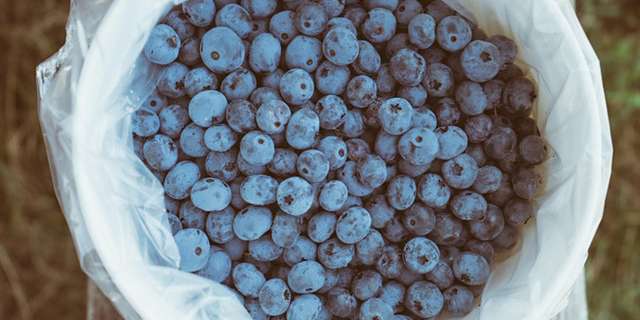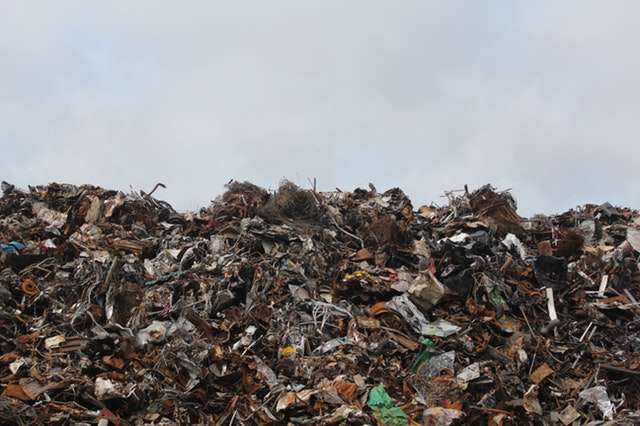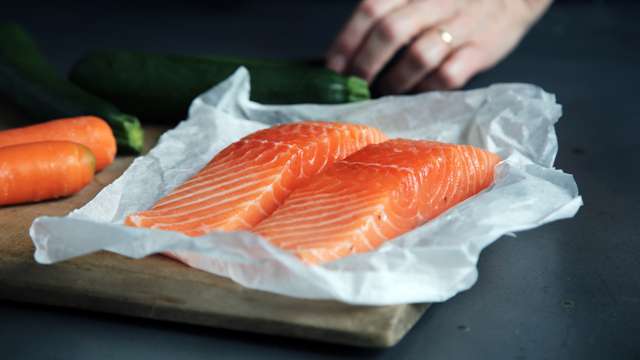
A new generation of eco-friendly plastic film alternatives are being introduced to eliminate the environmental damage brought on by traditional plastic films. Image Source: Pexels user Scott Webb
Last month, a series of incredible photographs taken off the Honduran island of Roatan began making its way around the Internet. The images didn’t depict the turquoise waters and white sand beaches we typically associate with this small sliver of Caribbean paradise. Instead, they captured a different kind of island, one made of “cutlery, bags, bottles, and wrapping floating among the seaweed.”1 In one image, taken from underneath the rubbish pile, the garbage is shown from the sun’s rays penetrating the water, a stark reminder of how ocean-bound refuse can compromise underwater ecosystems.
What’s remarkable about the photographs from Roatan isn’t simply the vastness of this particular plastic island, but the fact that it is just one of many. More than eight million tons of plastic end up in the oceans each year. As Ian Johnston, environmental correspondent for The Independent, writes, “There will be more plastic than fish by 2050 and 99 percent of all seabirds on the planet will consume some.”2 But while Roatan’s plastic island may only be a drop in the ocean, many hope the images will raise awareness about the problem and spur change. “Think about your daily lives,” writes Caroline Power, a resident of Roatan, in a Facebook post. “Do you still use plastic bags? Ziplock bags? Plastic wrap on your food?” She believes that by examining our habits, we can make smarter choices to diminish our destructive impact on the environment.
For some, however, preventing plastic pollution isn’t simply a matter of making different choices with currently available materials, but creating products that replicate the appearance and functionality of their traditional plastic counterparts without the negative environmental consequences. One of the most important areas of interest is the development of eco-friendly plastic film alternatives. While these innovative products open up exciting possibilities for reducing reliance on traditional plastic films, their success depends on close monitoring of color and haze using spectrophotometric instrumentation.

Traditional plastic films often end up in landfills or the ocean, where they present significant environmental dangers. Image Source: Pexels user Emmett



